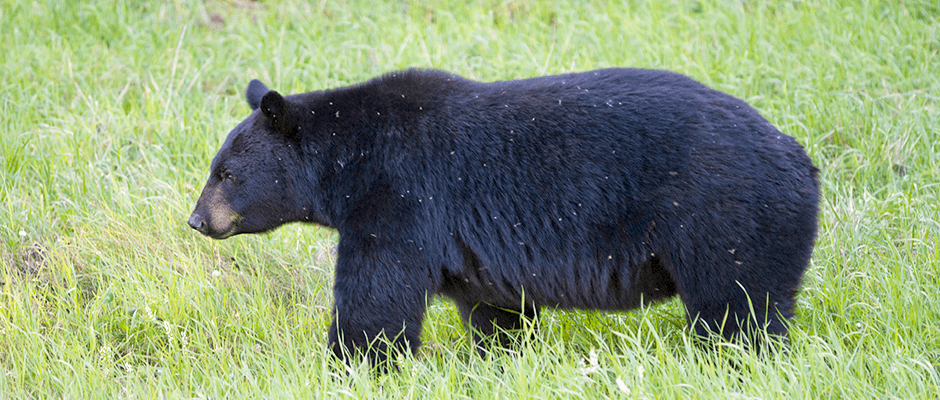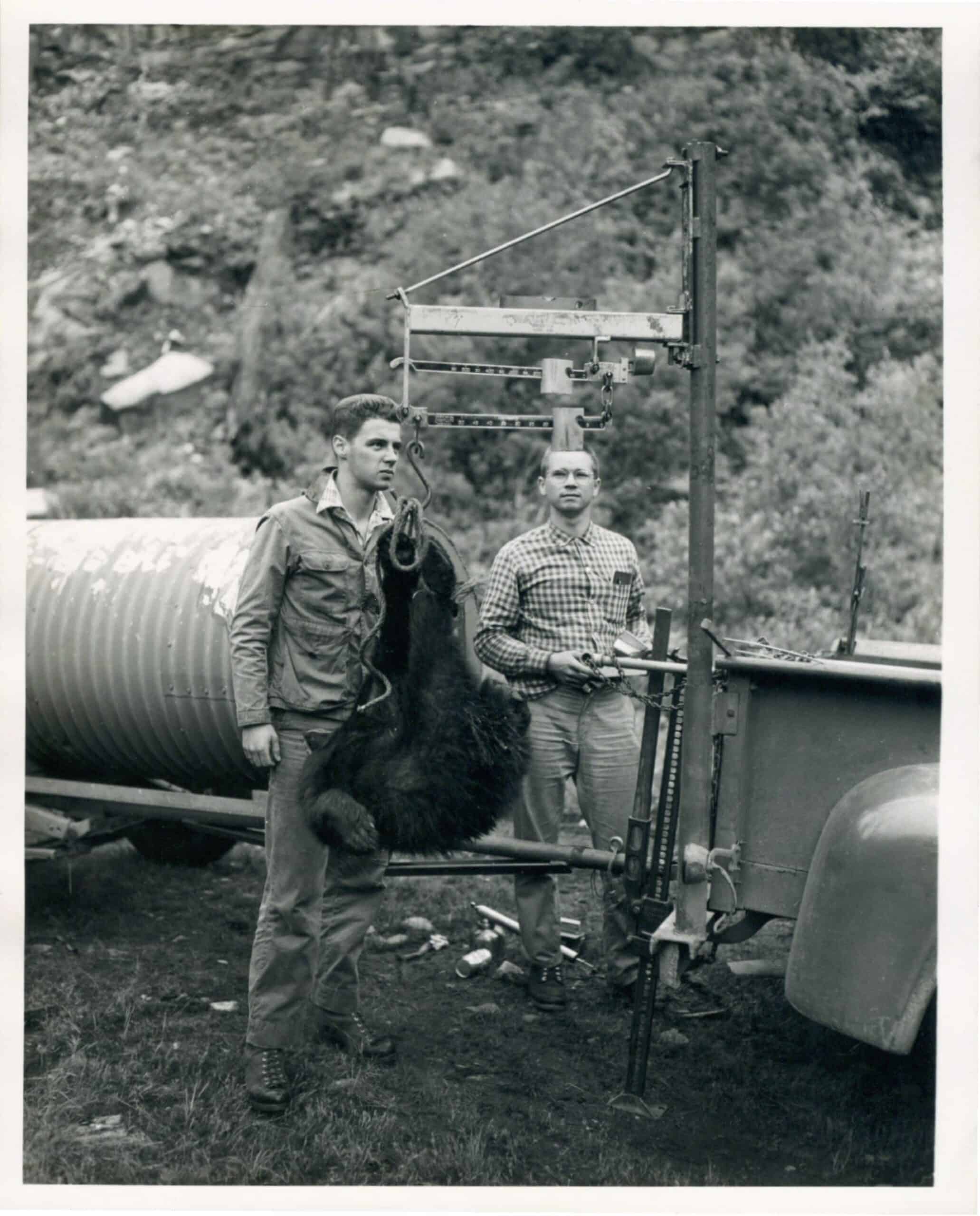Share this article
How to deter black bears? Educate people
If people are more educated about ways to deter black bears from their neighborhoods, they will have fewer problem bears, according to new research.
As part of a study published in the journal Ecological Modelling, researchers used computer simulations to determine what effects educating people in British Columbia about bear deterrents has on the number of problem bears.
“My motivation was to reduce the number of bears in our community that become problem bears,” said Lael Parrott, a professor at the University of British Columbia and coauthor of the paper. “Bears become habituated to humans and potentially come into conflict with humans because of habituation. We wanted to reduce problem bears that eventually become exterminated by conservation officers.”
Black bears (Ursus americanus) are often attracted to garbage and backyard attractants such as bird seed or fallen fruit. When the bears become habituated to urban or suburban areas, conservation officers are often called in to move the bears or lethally remove them.
Parrott’s team developed a computer simulation model that created a fictitious landscape with an urban area and a wild area. They then modeled the bears foraging in the environment using data on foraging behavior in British Columbia.
“The advantage to using a model is you can run a bunch of scenarios you couldn’t do in the real world,” Parrott said.
The researchers then took into account how reducing attractants from peoples’ properties — including keeping garbage inside and picking up fallen fruit — would affect the number of problem bears in the computer model. They also took into account how scaring bears with noisemakers or a noisy backyard dog would affect the number of bears habituated to the area.
After increasing deterrence rates in urban parts of the environment in the computer simulation, the researchers found that each 1 percent of the population taught to make their properties unattractive to bears led to a 5 percent decrease in bears that would become conflict bears.
The team found that the most effective way to reduce conflict bears was to increase the deterrence rate at the border of the community, where the bears initially encounter the urban environment. Parrott said if the bears are immediately deterred when they enter, they would be less likely to move deeper into the community and become habituated to humans.
Growing urban areas also led to an increase in problem bears, the team found. According to the model, every 1 percent increase in urban areas created a 90 percent probability that black bears would become problem bears. That can be seen in real life in western Canada, Parrott said, where urban areas encroaching on bear habitat has led to an increase in human-wildlife conflict.
The team hopes to use this model in other areas to determine where education about bear deterrents could be most effective. They’re currently adapting the model in Whistler, British Columbia, where human-bear conflicts run high. As part of a Bear Aware program, conservation officers and groups of concerned citizens work together to spread the word about bear deterrence through posters, pamphlets and information in local newspapers. Parrott said this research can help direct which areas will benefit most from these measures.
“We can help communities take a system-level approach, looking at what they can do with their planning and configuration at a landscape scale to reduce not just bear conflicts, but human-wildlife conflicts in general in their communities,” Parrott said.
Header Image: A black bear stands in the grass in the Northern Rockies in British Columbia. ©Chris Harrison








